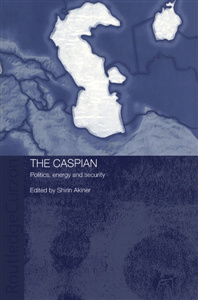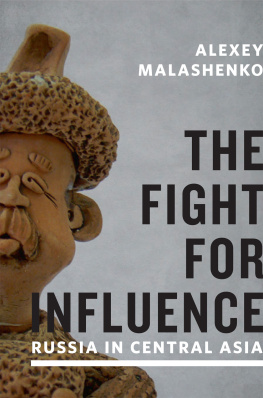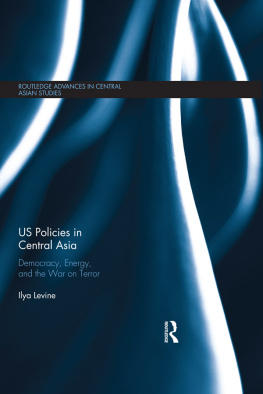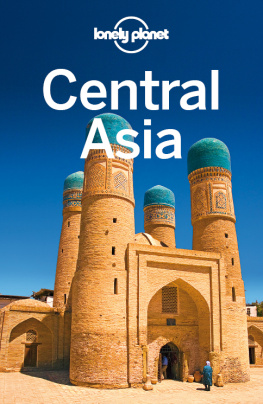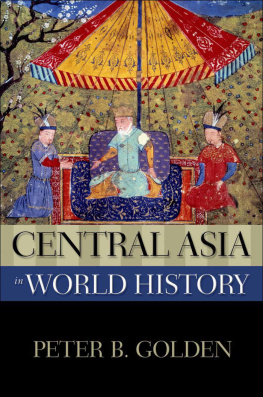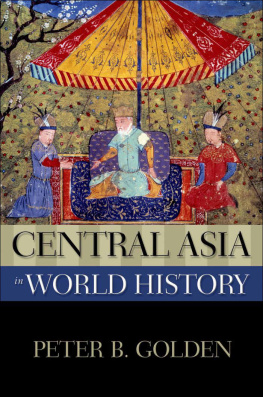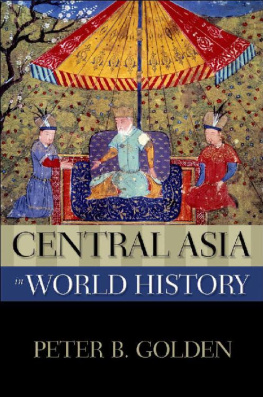First published in 1991 by
Kegan Paul International Ltd
This edition first published in 2009 by
Routledge
2 Park Square, Milton Park, Abingdon, Oxon, 0X14 4RN
Simultaneously published in the USA and Canada
by Routledge
270 Madison Avenue, New York, NY 10016
Routledge is an imprint of the Taylor & Francis Group, an informa business
Kegan Paul International 1991
Transferred to Digital Printing 2009
All rights reserved. No part of this book may be reprinted or reproduced or utilised in any form or by any electronic, mechanical, or other means, now known or hereafter invented, including photocopying and recording, or in any information storage or retrieval system, without permission in writing from the publishers.
British Library Cataloguing in Publication Data
A catalogue record for this book is available from the British Library
ISBN 10: 0-7103-0351-3 (hbk)
ISBN 13: 978-0-7103-0351-6 (hbk)
Publisher's Note
The publisher has gone to great lengths to ensure the quality of this reprint but points out that some imperfections in the original copies may be apparent. The publisher has made every effort to contact original copyright holders and would welcome correspondence from those they have been unable to trace.
FOREWORD
Central Asia is a vast sprawling territory with no precise boundaries, no precise geographic definition. The term has sometimes been used rather narrowly, to refer to a circumscribed area such as Transoxiana, sometimes very broadly to include the whole of the land mass at the heart of Asia, from Siberia in the north to the Pamirs in the south, from Mongolia in the east, westwards across the steppes of Kazakhstan, to the Volga. Culturally and linguistically the divisions are blurred: different traditions intermingle, different influences predominate, yet underlying the diversity there is a perceptible framework of shared traditions.
There is much detailed, closely focused research that remains to be done on every part of Central Asia. Sometimes, however, it is illuminating to stand back and look at the region as a whole, seeking similarities as well as contrasts. It was with this aim in mind that a conference on Tradition and Change in Central Asia was held at the School of Oriental and African Studies, University of London, in April 1987. Over a hundred papers were presented, covering a wide range of topics, a number of disciplines and several different regional interests. It would, of course, be an exaggeration to say that this brainstorming approach produced a sudden revelation of the innate unity of Central Asian culture, but it certainly did highlight a surprising number of common features. This in turn stimulated animated discussion on questions of shared genealogies, cross-cultural fertilization and the role of coincidence.
It is impossible to reproduce this aspect of a conference in book form the excitement of shared views, of hotly disputed opinions the mortar of debate that binds the different contributions into a coherent whole. Nevertheless, even without this unifying force, it is often valuable to bring together a collection of such papers in order to present a more diverse picture of the region than would otherwise be possible. It is for this reason that the present selection of contributions has been made. The chapters included here were originally given as papers at the conference in 1987, but in a number of cases they have been somewhat reworked in the light of discussions that took place on that occasion.
The theme of tradition and change is illustrated in a number of ways. The essays on literature examine various aspects of the transition from older traditions to a modern form. David Montgomery, Eden Naby and Ingeborg Baldauf look at change that is politically motivated, whereas Irena Jeziorska examines one writer's personal search for a means of integrating the past with the present, and also with the future. This study of Chingiz Aitmatov provides a revealing analysis of the way in which this highly sophisticated, westernized writer draws on traditional images, and symbols and myths Christian as well as Islamic and shamanistic to create his artistic world.
There has been a conscious effort to direct language development in both Chinese and Soviet Central Asia. The authors of three chapters examine manifestations of these language planning policies. Ildik Bellr-Hann traces the history of the script changes in Xinjiang and draws comparisons with similar developments in Turkey and in Soviet Central Asia; she sets these changes in a wider cultural context than that of orthography alone. Simon Crisp gives a detailed and carefully argued assessment of language affiliation in Soviet Central Asia today. His critical evaluation of census data is an important contribution to research in this field. An interesting complement to this chapter is provided by Mike Kirkwood's study of Russian language teaching policy in Soviet Central Asia. He examines the role of Russian within the school system and considers the successes and shortcomings of the policy.
Among the most fruitful areas of research in the quest for examples of tradition and change are those concerned with ritual. Ewa Chylinski provides an interesting account of the modern practice of one of the most tenacious life cycle rituals, that of circumcision; she places it within the social context of the family unit. A fascinating study of the beliefs and rituals of Central Asian craftsmen is given by Zbigniew Jasiewicz. His research was carried out in Afghanistan, but, as he points out, similar practices were no doubt common among the craftsmen of what is today Soviet Central Asia in the pre-revolutionary period. His work gives a rare insight into a lost aspect of life in the modern Central Asian republics. Nancy Tapper and Richard Tapper also look at aspects of change and tradition in Afghanistan. The former considers the role of women in Afghan Turkistan among the Durrani Pashtuns, examining aspects of conformity and non-conformity. Nomadism, in the traditional sense, has disappeared from many parts of Central Asia in this century. Richard Tapper discusses the effect of this change on the Afghan nomads sense of identity; he also looks at the relationship between settled households and nomads and shows that the distinction between them is sometimes not as clear-cut as might be expected.
Innovation and tradition in sport, the arts and aspects of personal adornment are discussed by Chris Hann, Jennifer Scarce, Firuz Ashrafi and John Baily. A historical perspective is given in the last four contributions. A small but intriguing chapter of Central Asian history is that of the Baha'i community of Ashkhabad. Moojan Momen draws together a number of sources to reconstruct this extraordinary flowering of Baha'i culture in Turkmenia. Jacques Waardenburg gives a masterly survey of Islam in China and analyses western interpretations of this phenomenon; he indicates the direction that future research in this field should follow.
There are still many blank spots in Central Asian history, especially on the Soviet side of the border. Alan Bodger draws attention to one, the sensitive subject of the submission of the Kazakh khans to Russian authority in the eighteenth century. Much about this period is still obscure; even today, in the new atmosphere of openness, it has yet to be examined in full by Kazakh scholars. Finally, Andrew Forbes looks at ethnic tensions in Xinjiang. The period under discussion is the first half of the twentieth century, the Republican period, but much of what he recounts is of relevance today.


